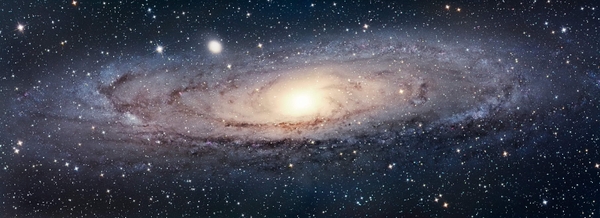Highlights: Astronomers discover ‘Baby’ Galaxy 12 billion light years away
The astronomers have found a baby galaxy billions of light-years from the Earth that has been seen to be similar to our planet. This discovery is going to change the perception of the scientists regarding the formation of galaxies in the world.
About the Baby Galaxy
This galaxy is named as SPT0418-47 is located around 12 billion light-years away from Earth, as per the study published in the Nature Journal. The astronomers at the Max Planck Institute for Astrophysics could spot this galaxy using the Atacama Large Millimeter Array, one of the most powerful telescopes of the world. However, this galaxy is known to be surprisingly unchaotic, unlike all the turbulent and unstable young galaxies.
How did they spot it?
In a normal situation, the most powerful galaxies often find it difficult to spot such a distant galaxy. But the scientists could spot this using an effect called gravitational lensing. The team employed the help of the gravitational pull of a nearby galaxy to act as a magnifying glass, allowing the telescope to see into the distant past in unprecedented detail. This looks such as a near-perfect ring of light, known as ‘Einstein Ring’.
What is an Einstein Ring?
It is created when the light from a galaxy or star passes by a massive object en route to the Earth. Due to the gravitational lensing, the light is diverted, giving the impression that it comes from different places. If the source, lens and the observer are all aligned, the light appears as a ring only.
Month: Current Affairs - August, 2020


